SEVERE WEATHER SIMULATOR
WIND, RAIN & HAIL SIMULATOR
FUNDING PROPOSAL PRESENTED BY JAMES COOK UNIVERSITY CYCLONE TESTING STATION




WIND, RAIN & HAIL SIMULATOR
FUNDING PROPOSAL PRESENTED BY JAMES COOK UNIVERSITY CYCLONE TESTING STATION



The Cyclone Testing Station (CTS) is an independent research and consulting unit within the College of Science and Engineering of James Cook University (JCU). The facility aids in the mitigation of impacts of natural disasters through applied research, consulting to industry and government, and providing community education focused on resilience of the built environment, including homes and other low-rise buildings.
The damage and devastation caused by severe wind and rain events pose a real danger for communities in Australia and worldwide. In order to mitigate the impacts of these events to Australians in a safe, economical and sustainable way, funding must be provided to research centres such as JCU’s Cyclone Testing Station. Funding allows for the Townsville based facility to continue to:
• Assist in the development of effective building practices
• Improve safety in high wind events including cyclones
• Mitigate risk and reduce costs resulting from wind damage
Reduce the financial and personal loss and suffering caused by cyclones and other high wind events.
Protect from the financial and social costs of buildings failing during (and after) severe weather events.
Improve resilience of structures and safety in high wind events including cyclones.

Educate and Increase knowledge and understanding of natural hazards and disaster risk.
$17
An investment of $17 million will provide JCU’s Cyclone Testing Station with a full-scale wind, hail and rain simulator which will significantly enhance the Station’s ability to reduce, protect, improve & educate on wind, hail and rain events.
Focused investment in research is required to improve knowledge and understanding of natural hazards and disaster risk. Improved knowledge and understanding will drive the development of expertise, tools, systems and technology to deal with natural disasters.
CHAPTER 23, ROYAL COMMISSION INTO NATIONAL NATURAL DISASTER ARRANGEMENTS REPORT


The financial and social costs of our buildings failing during, (and after), severe weather is well documented and given inevitable climate change, will increase unless we mitigate these risks. This will see increasing human, social and economic impacts from cyclones and severe storms globally. The geographical areas affected by cyclones are predicted to expand due to higher-thanaverage temperatures, which could put more Australian lives and property at risk with devastating economic impacts.
Climate change research indicates that cyclones are getting bigger and stronger and although modern buildings can protect life, recent damage investigations and insurance claims indicate there is still significant social disruption and economic loss following
The combined Federal Government clean-up costs of Cyclones Yasi, Marcia and Debbie is estimated to exceed $2.7 billion AUD. In addition to this, state governments and local councils also allocate significant funds towards disaster cleanup and recovery efforts,
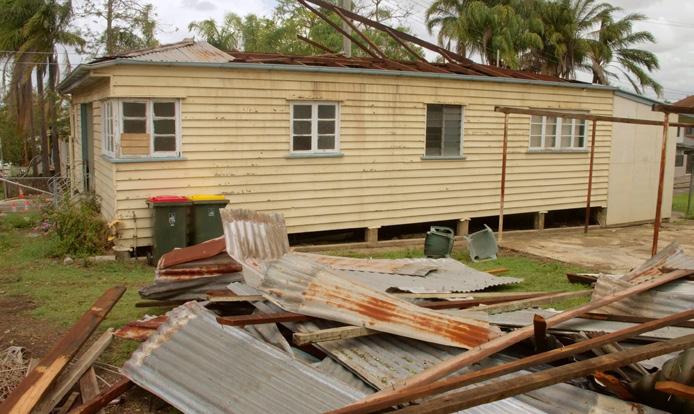
cyclone and storm events. A greater proportion of tropical cyclones may reach further south along Australia’s east and west coastlines. This is particularly relevant to Southeast Queensland and Northern New South Wales as these areas are also experiencing increased hailstorm activity and intensity.
The economic impact already has had a significant effect on communities in northern Australia. In December 2019, the ACCC reported that home, contents and strata insurance is becoming increasingly unaffordable in northern Australia, with the number of households foregoing insurance, more than double the rate of the rest of Australia. The ACCC found that:
• Home and contents premiums in northern Australia are on average double the premiums compared to the rest of Australia, noting that in some areas, the additional insurance costs faced by northern Australian households are much greater.
• The rate of home building noninsurance across northern Australia is approximately 20 per cent, compared to a rate of 11 per cent for the rest of Australia. This non-insurance rate in parts of northern Australia is growing, driven by affordability.
For small communities, towns and regional cities in Northern Australia the affordability of insurance is increasingly recognised as a challenge to liveability and economic prosperity.
Northern Australia is increasing in geo-political importance across a number of platforms from defence to food production and security, and the importance of the north to our national economy is acknowledged as being crucial to Australia’s economic future. The cost of insurance in the north is not just a problem for the north; rather for the whole Australian community that draws on the strength of the economies of the northern regions. Further, these impacts will be even greater as we see severe cyclone and storm events in regions in more population dense regions across Australia.
Cyclone Testing Station is asking for just 0.6% of the Federal Government’s combined clean up bills of Cyclone’s Yasi, Marcia and Debbie.
INCREASED TESTING CAPACITY TO INFORM BUILDING CODES, INDUSTRY PRACTICE AND GOVERNMENT POLICY.
DEVELOPMENT OF RETROFITTING SOLUTIONS THAT WILL INCREASE HOUSING AND COMMUNITY RESILLENCE.
Improving the resilience of properties and communities to natural hazards will have significant benefits now and into the future, including through lower insurance claims costs. Greater consideration of the likely benefits (and costs) of mitigation and other resilience measures is required.
The ACCC 2020 Northern Australia Insurance Inquiry final report identified key recommendations related to reducing risk and building better.
Australia’s houses are not resilient to tropical cyclone
hazards, which are expected to become more severe as the climate changes. While extreme weather events like cyclones cannot be prevented, it is possible to build homes better equipped to withstand it. Australia needs a facility to lead the research and engage with industry for better and more economic solutions towards a resilient community.
The Cyclone testing Station at JCU is the pre-eminent, independent research and testing authority on the performance of buildings and infrastructure in response to cyclones and other wind
CAPACITY TO EXPORT CYCLONE AND SEVERE STORM RESILIENCE TO NEIGHBOURING COUNTRIES AND GLOBALLY.
MITIGATE THE HUMAN AND PROPERTY LOSS EXPERIENCED IN THE EVENT TO SEVERE WEATHER EVENTS.
events in Australia and the surrounding region.
The learnings from full scale cyclone and storm research will create a sound scientific basis for developing riskbased and performance-based design criteria and contribute to the attainment of a national objective of achieving more resilient and sustainable communities. Having the facility to research Australian products and building systems will ensure the growth of the building industry nationally, providing short term economic benefit while improving resilience.
INVESTMENT TO SUPPORT THE EXPANSION OF THE CYCLONE TESTING STATION WILL ENABLE EDUCATION, COMMUNITY AWARENESS AND REDUCE LOSS.
Focused investment in research is required to improve knowledge and understanding of natural hazards and disaster risk. Improved knowledge and understanding will drive the development of expertise, tools, systems and technology to deal with natural disasters.

Two of the four priorities under the National Disaster Risk Reduction Framework have direct relevance to research and investment:
Priority 1: Understand Disaster Risk | Priority 3: Enhance Investment
• Understand disaster risk
• Improve public awareness of, and engagement on, disaster risks and impacts
• Identify and address data, information and resource gaps
• Address technical barrier to data and information sharing and availability
• Integrate plausible future scenarios into planning
• Develop cohesive disaster risk information access and communication capabilities to deliver actionable disaster risk data and information
• Support long-term and solution-driven research, innovation and knowledge practices, and disaster risk education
• Improve disclosure of disaster risk to all stakeholders
• Accountable decisions
• Consider potential avoided loss (tangible and intangible) broader benefits in all relevant decisions
• Identify highest priority disaster risks and mitigation opportunities
• Build the capability and capacity of decisionmakers to actively address disaster risk in policy, program and investment decisions
• Establish proactive incentives, and address disincentives and barriers, to reducing disaster risk
• Maintain planning and development practices that adapt to rapid social, economic, environmental and cultural change
• Promote compliance with, and embed resilience requirements into, relevant standars, codes and specifications
• Governance, ownership and responsibility
• Establish a national mechanism to oversee and guide disaster risk reduction efforts and cross-sector dependencies
• Establish a national implementation plan for this framework
• Support and enable locally-led and owned place-based disaster risk reduction efforts
• Incentivise improved transparency of disaster risk ownership through personal and business transactions
• Consistently report on disaster risk reduction efforts and outcomes
• Create clear governance pathways for pursuing disaster risk reduction projects
• Pursue collaborative commercial financing options for disaster risk reduction initiatives
• Develop disaster risk reduction investment tools to provide practical guidance on investment mechanisms
• Leverage existing and future government programs to fund priority risk reduction measures
• Identify additional current and future potential funding streams
• Improve the accessibility, variety and uptake of insurance
• Empower communities, individuals and small businesses to make informed and sustainable investments
AN INVESTMENT OF $17 MILLION WILL SEE THE CONSTRUCTION OF A PURPOSE BUILT WIND, HAIL AND RAIN SIMULATION FACILITY IN TOWNSVILLE, NORTH QUEENSLAND.

High-speed holistic testing at multiple scales in simulated tropical cyclone wind speeds up to and including Category 5.
Destructive tests to study failure modes.


Wind-driven rain simulations to study water intrusion. Hail simulations to study damage.

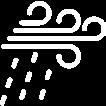
Full and large-scale aerodynamics/aeroelastic testing in atmospheric boundary layer (ABL) flows at high Reynolds numbers.
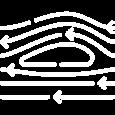
Testing under extreme environments to develop innovative mitigation devices and retrofitting products.
Conventional boundary layer wind tunnel testing in flows with various exposures and with full turbulence spectrum.
Although the primary purpose of the investment is to support crucial research on wind, rain, and hail, the simulation also presents an opportunity to enhance the commercial prospects of the Cyclone Testing Station. These possibilities include:
• Commercial testing of building facades (weather proofing)
• Commercial testing and research for bushfire ember attack
• Wind driven dust simulation.
• Hostile climate testing and training for military purposes
• Testing crops for resillance to wind and rain events.
Severe weather events have impacted Queensland in recent years with the state being prone to cyclones, floods, and severe thunderstorms, causing significant damage and disruption.

These major weather events have cost local, state and federal Governments millions, served for billions of insurance loss and have caused irreplaceable loss to thousands of Queenslanders.
Costs include losses incurred by businesses and industries, the costs of repairing infrastructure and public assets, and the expenses associated with emergency response and recovery efforts. Damage resulted in significant disruptions to the region’s transportation networks and the tourism industry, causing substantial economic losses for the affected communities.
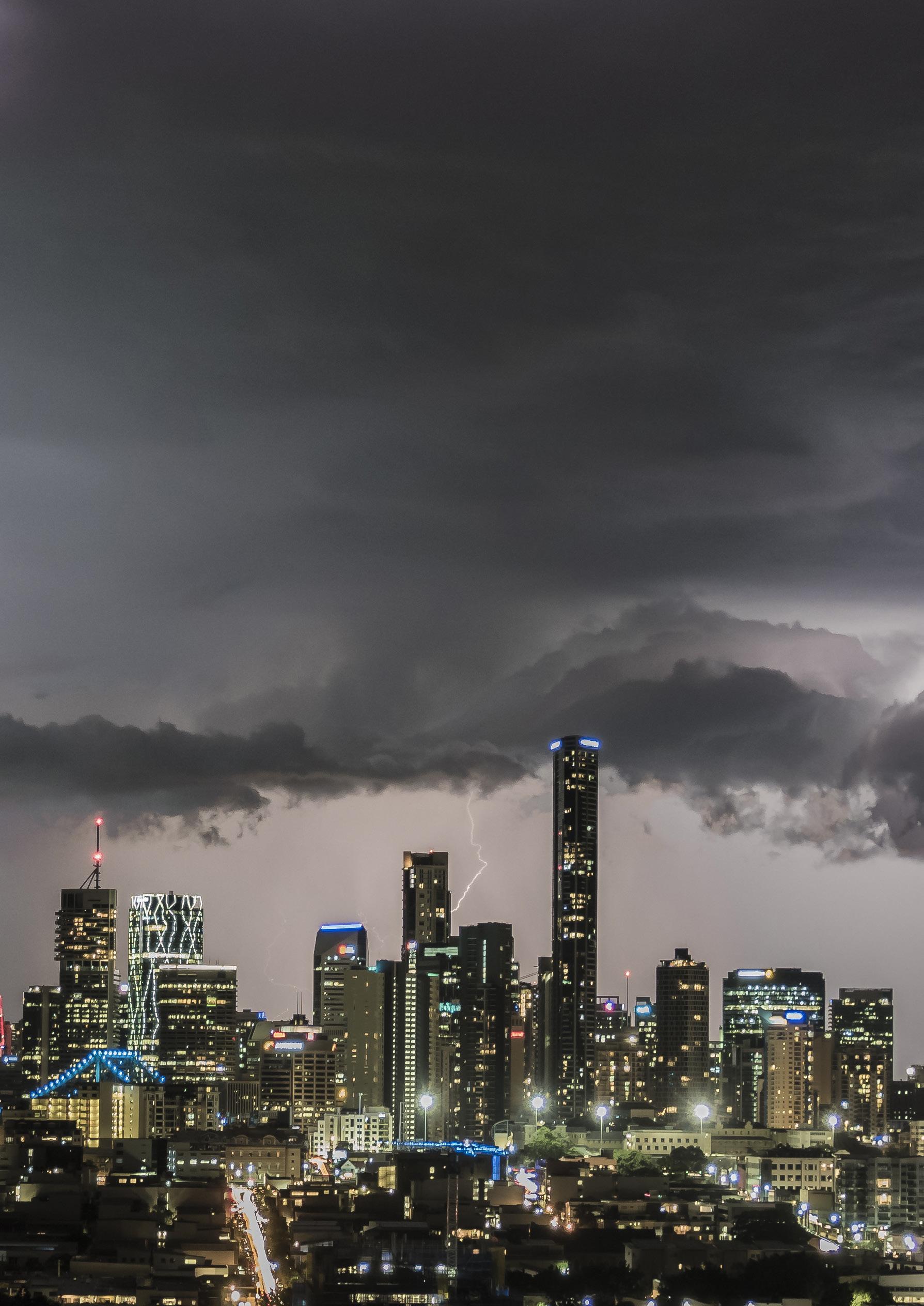
Since 2005, Commonwealth expenditure on disaster relief was $24 billion while spending on disaster resilience was just $500 million – or around two per cent of all expenditure.
JCU Cyclone Testing Station is asking for just 3.3% 0.07% of the money spent on disaster relief to fund crucial research on the impacts of wind, rain and hail.
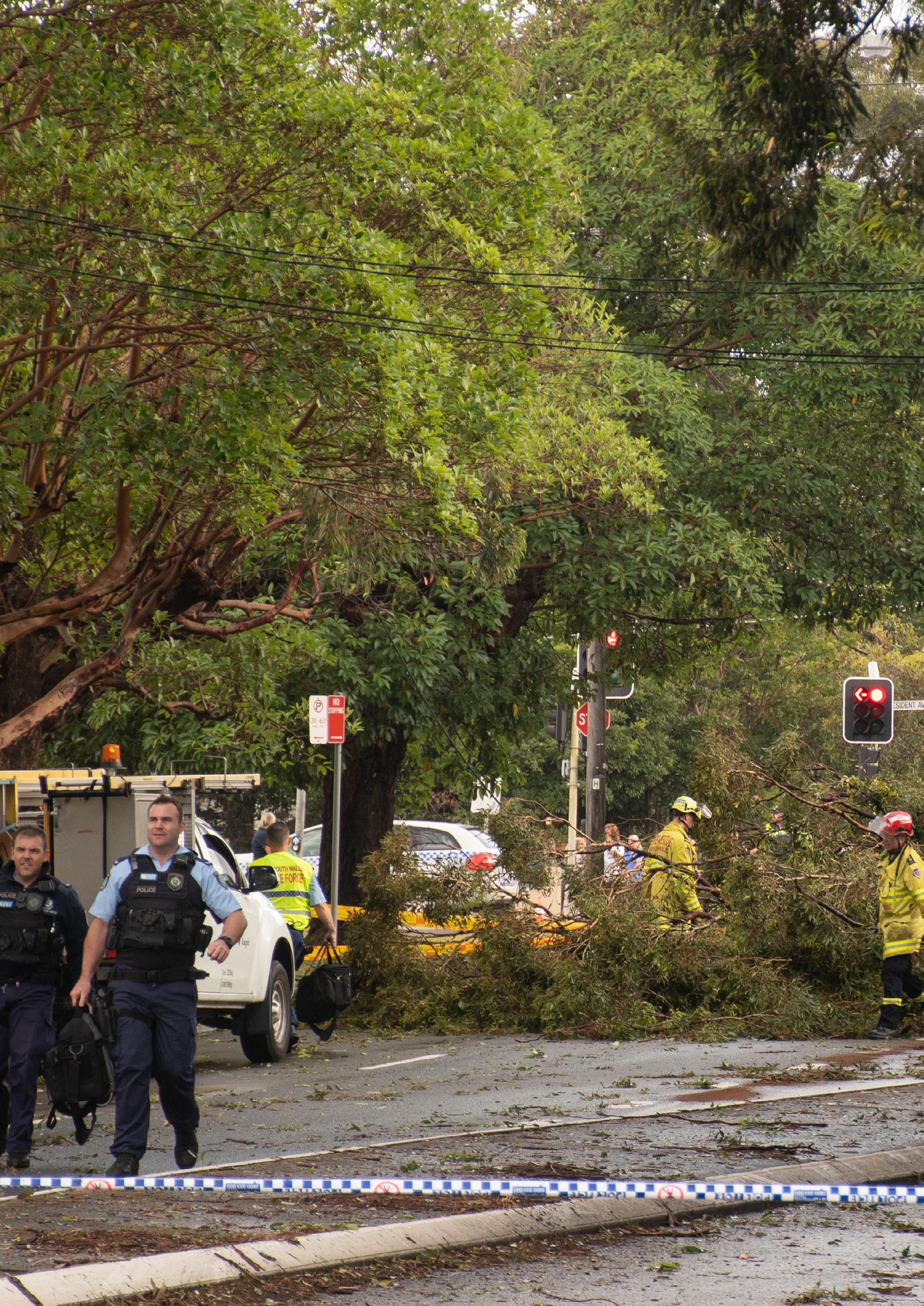
2005 - 2022
Disaster Relief: $23.99 billion
Disaster Resillence: $0.51 billion
CTS Proposed Investment: $0.017 billion

The Cyclone Testing Station was founded in response to the destruction caused by Cyclone Althea to Townsville in 1971 and Cyclone Tracy to Darwin in 1974. The Station’s strategic location in Townsville has enabled it to serve not only Australia and North Queensland but also most other cyclone prone regions throughout the world.
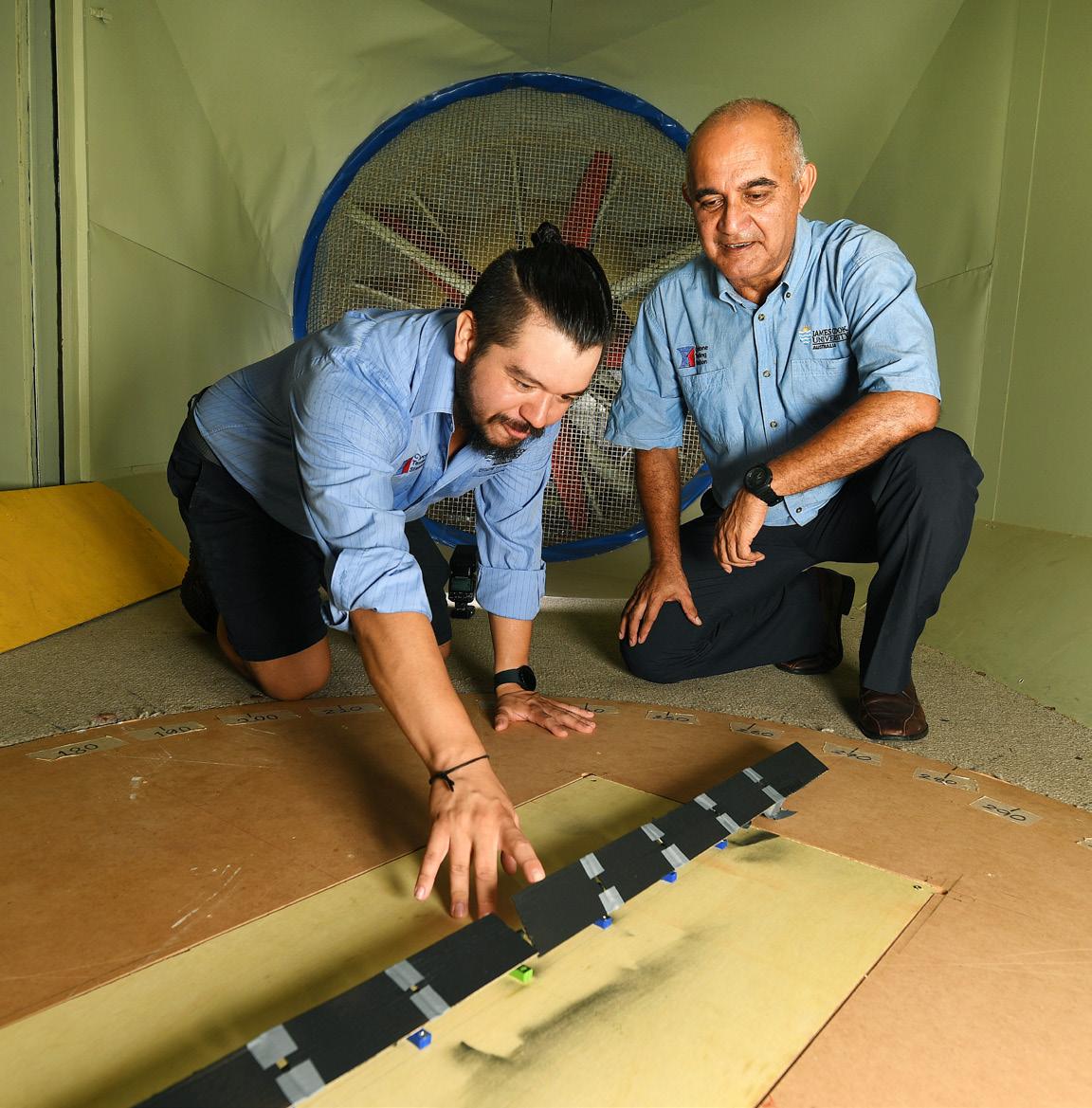
Significant advancements have been made in Australia regarding the enhancement of homes and buildings’ structural strength against severe windstorms. However, despite these efforts, research surveys, insurance claims, and the recovery period, among other factors, show that the built environment and our communities are not resilient. Severe weather occurrences, such as wind, rain, and hail, are becoming more frequent and affecting more heavily and emerging populated areas. This leads to significant losses for governments, communities, and individual households.
The Station operates as an independent research and consulting unit within the School of Engineering at James Cook University (JCU), Townsville. While the Station relies on the JCU School of Engineering for accommodation and use of structural engineering facilities it is otherwise self-funded. The Station is guided by an advisory board drawn from a mix of industry,
government, research, and professionals from around Australia. This unique situation allows the Station to follow its research objectives and to provide independent expert advice to clients.
To be the pre-eminent, independent research and testing authority on the performance of buildings and infrastructure in response to cyclones and other wind events in Australia and the surrounding region. The damage and devastation caused by severe wind events pose a real danger
for communities in Australia and worldwide. The Cyclone Testing Station investigates wind events and conduct research to ensure that buildings are designed to resist severe wind events in a safe, economical and sustainable way.



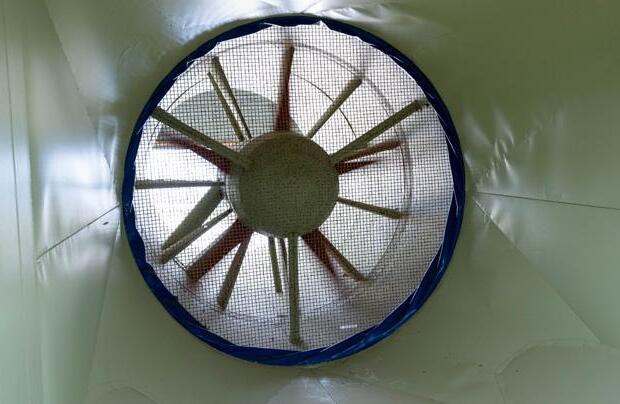
The Cyclone Testing Station conducts wind engineering research into the performance of houses and other buildings in response to cyclones and other severe wind events. The knowledge gained is used to improve building regulations and standards to ensure that buildings are safe.
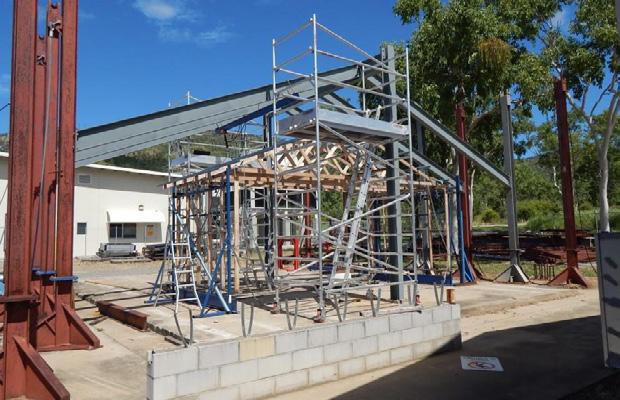
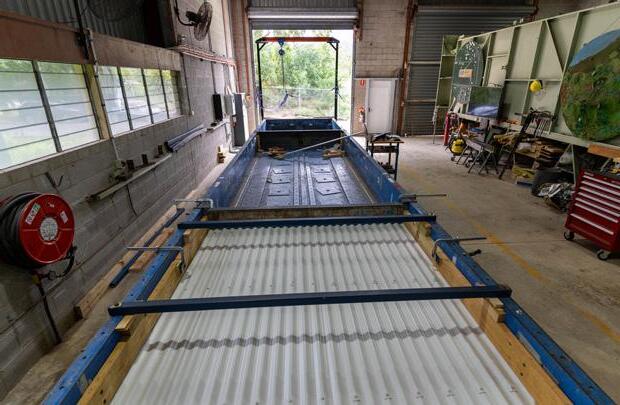
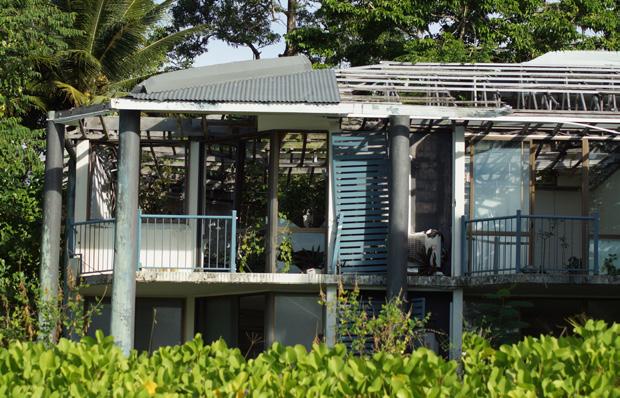


In addition to applied research and material testing activities, the CTS undertakes a wide range of consulting projects across the insurance legal and construction industries.
Providing a calibrated structural engineering bases for vulnerability modelling has resulted in a growing number of consulting opportunities over recent years with assignments in the risk industry both within Australia and internationally.
 WIND DRIVEN DEBRIS
BOUNDARY LAYER WIND TUNNEL
VULNRABILITY OF HOUSING TO WINDSTORMS
POST DISASTER DAMAGE INVESTIGATIONS
WATER INGRESS TESTING
FATIGUE OF CLADDING COLLABORATIONS
FULL SCALE HOUSE TESTING
WIND DRIVEN DEBRIS
BOUNDARY LAYER WIND TUNNEL
VULNRABILITY OF HOUSING TO WINDSTORMS
POST DISASTER DAMAGE INVESTIGATIONS
WATER INGRESS TESTING
FATIGUE OF CLADDING COLLABORATIONS
FULL SCALE HOUSE TESTING
ASSOCIATE PROFESSOR GEOFF BOUGHTON PHD, MENGSCI, BE, FIEAUST, CPENG SENIOR RESEARCH ENGINEER







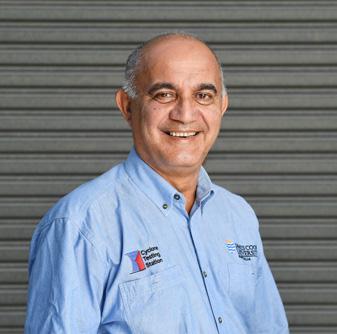 PROFESSOR JOHN GINGER RESEARCH DIRECTOR
ROD LOWE PROJECT ENGINEER
DR DANIEL SMITH ADJUNCT SENIOR RESEARCH FELLOW
DR GEETH BODHINAYAKE ADJUNCT POST DOC RESEARCH ENGINEER
DR DAVID HENDERSON FIEAUST, CPENG, RPEQ CHIEF RESEARCH ENGINEER
DR KORAH PARACKAL PHD, BECIVIL, MIEAUST ADJUNCT SENIOR RESEARCH FELLOW
SIMON INGHAM SENIOR TESTING ENGINEER
PROFESSOR JOHN GINGER RESEARCH DIRECTOR
ROD LOWE PROJECT ENGINEER
DR DANIEL SMITH ADJUNCT SENIOR RESEARCH FELLOW
DR GEETH BODHINAYAKE ADJUNCT POST DOC RESEARCH ENGINEER
DR DAVID HENDERSON FIEAUST, CPENG, RPEQ CHIEF RESEARCH ENGINEER
DR KORAH PARACKAL PHD, BECIVIL, MIEAUST ADJUNCT SENIOR RESEARCH FELLOW
SIMON INGHAM SENIOR TESTING ENGINEER
investigations, wind driven debris, fatigue of cladding, and full scale house testing.
Cyclone Testing Station has a proven track record of working with government, industry and communities to follow its research objectives and provide independent expert advice to stakeholders in Australia and internationally. Examples of the capabilities of the Cyclone Testing Station include:
• Undertake material testing service using in-house expertise and fully equipped facility for industry, United Nations agencies, insurance bodies and building regulatory authorities. Current testing facilities, including: windborne debris testing, airbox testing, full scale house testing, wind tunnel testing, and structural testing laboratories.
• Undertake wind engineering research into the performance of houses and other buildings in response to cyclones and other severe wind events. This knowledge is used to improve building regulations and standards to ensure that buildings are safe. Research themes have included vulnerability of housing to windstorms, boundary layer wind tunnel, post disaster damage
• Educate the building community and homeowners to improve the performance of houses, which has included working on key projects with academic and industry partners. A recent standout example was the Suncorp One House project. Collaborating over many months, a team comprising Suncorp Insurance, JCU Cyclone Testing Station, CSIRO, and Room 11 combined existing research on home resilience and respective scientific expertise to explore what resilient features would make a home safe, liveable and easy to maintain – while remaining comparative to the cost of any standard architecturally designed home built today.
• Translation of Australian standards and knowledge to the needs of South Pacific Island nations and their built environment including socio-economic factors impacting design, construction and recovery post events. Recent examples include work for the World Bank in collaboration with the Fijian government and local insurance companies. The project entailed an assessment and segmentation of Fijian
housing stock to produce vulnerability curves for use by the risk industry in developing bespoke insurance products suitable for the socioeconomic environment of Fiji. - In collaboration with Geoscience Australia, developed a state-ofthe-art vulnerability modelling software, VAWS (Vulnerability and Adaptation to Wind Simulation). This software has been used to provide outputs to the Bushfire and Natural Hazards Cooperative Research Centre as well as Emergency Service organisations.
• Successful pilot and ongoing delivery of government funded projects, including the North Queensland Strata Title Inspection Program funded by the Australian Government and administered by the Queensland Government. The voluntary program provides inspections and assessments for strata properties in north Queensland within 100km of the coast and provides reports to the body corporate on their cyclone resilience and recommended actions to improve resilience. The pilot concluded in July 2021, with funding expanded to Northern Australia.
